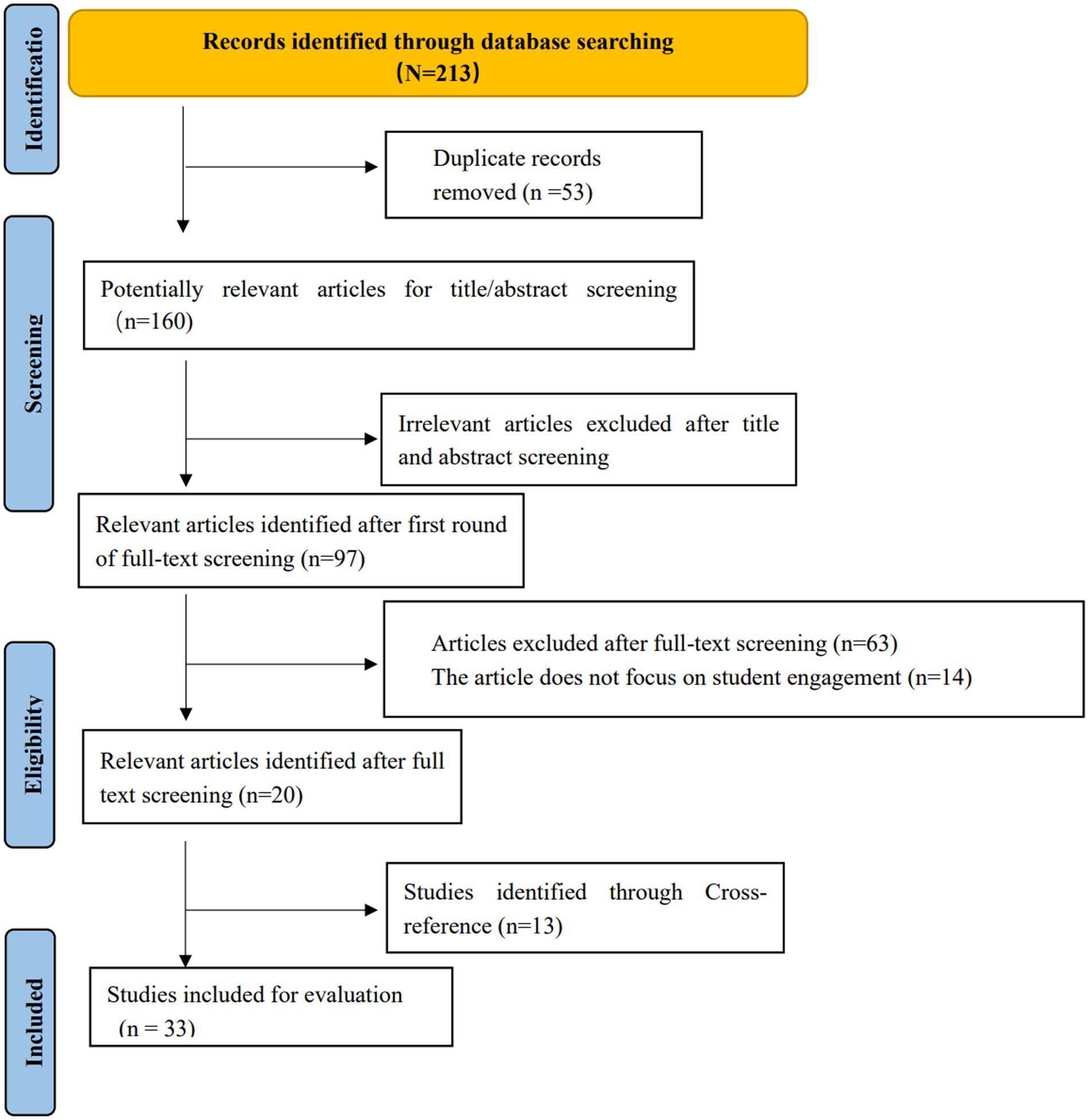How VR Boosts Student Engagement and Retention: Unveiling the Real Impact
In today’s rapidly evolving educational landscape, the integration of technology has become crucial for student success. Among the most revolutionary advancements is Virtual Reality (VR), a technology that promises not only to transform how students learn but also to considerably boost student engagement and retention. But what does the real impact look like? Let’s delve deep into how VR is reshaping classrooms around the globe and why educators, parents, and administrators are embracing it’s potential.
understanding VR in Education
Virtual Reality in education refers to computer-generated environments that allow students to immerse themselves in interactive,3D worlds. Unlike traditional learning mediums, VR offers multisensory experiences, enabling learners to see, hear, and sometimes even “touch” scenarios, ranging from ancient history to molecular biology.
- Immersive Learning: Students are not just passive recipients; they become active participants.
- Interactive Lessons: VR enables role-playing, simulations, and collaborative problem-solving.
- Personalized Experience: VR content can adapt to individual learning styles and speeds.
the Science: How VR Boosts Engagement and retention
Student engagement has long been a key predictor of academic achievement and long-term learning. Numerous studies confirm that students engaged with their coursework are more likely to retain and apply information. Here’s how VR elevates both engagement and retention:
1. Multisensory Learning Enhances Memory
VR activates multiple senses together, making learning deeper and more memorable. Cognitive psychology suggests that the more senses involved in processing information, the better it is retained. Students who “walk through” a Roman forum or “dissect” a virtual frog are far more likely to recall those experiences than those who simply read about them.
2. Active Participation Over Passive Consumption
Unlike traditional lectures, VR lessons demand students’ active involvement.Research from Stanford University shows that active learning, where students engage directly rather than passively listening, increases retention rates by up to 75%.
3. Real-time Feedback and Adaptive Learning
Many VR education platforms offer instant feedback, letting students recognize errors and adjust their understanding on the spot—a notable betterment over delayed correction in conventional classrooms. Adaptive VR programs can even adjust difficulty or present new challenges based on performance, keeping learners engaged.
key Benefits of Using VR for Student Engagement and Retention
- Immediate Immersion: VR captivates students’ attention from the start,reducing distractions.
- Increased Motivation: Interactive, gamified experiences foster a desire to learn and explore.
- Safe Exploration: students can safely experience dangerous or complex scenarios, like laboratory experiments or spacewalks, without real-world risks.
- Diversified Learning styles: VR accommodates visual, auditory, and kinesthetic learners, ensuring no student is left behind.
- Collaboration and Social Learning: Multi-user VR environments enable group problem-solving, improving interaction and teamwork skills.
Case Studies: Real-World Impact of VR in Classrooms
Case Study 1: Engaging History Lessons with VR
At a middle school in Chicago, history teachers integrated VR simulations of ancient civilizations. Students could explore the Egyptian pyramids or Roman Colosseum firsthand. Results showed a 30% increase in information retention compared to previous years and a notable surge in class participation and interest.
Case Study 2: STEM Learning at Its Best
A science department in the UK used VR for teaching chemistry safety and lab procedures. Besides witnessing a significant reduction in classroom accidents, educators reported that students performed 25% better in hands-on laboratory assessments after using VR practice modules.
Case study 3: empowering students with Special Needs
In Australia, a VR program tailored for neurodiverse students enabled personalized learning pathways. Educators saw increased focus, engagement, and confidence among students who previously struggled with conventional teaching methods.
Practical Tips for Implementing VR in the classroom
Integrating Virtual Reality in education doesn’t have to be overwhelming. Here’s how educators can get started:
- Start Small: Choose accessible VR content or simple 360-degree videos relevant to your curriculum.
- Encourage Exploration: Allow students time to familiarize themselves with VR devices and explore on their own.
- Blend VR with Traditional Methods: Combine immersive VR experiences with class discussions, written assignments, and group work.
- Focus on Learning Outcomes: Select VR tools and content aligned with specific educational goals.
- Assess and Reflect: Use quizzes, polls, and reflective sessions to gauge what students have learned and how engaged they feel.
- Ensure Accessibility: Plan for students who may have trouble using VR due to motion sickness, visual impairment, or other needs.
First-Hand Experiences: Educators and Students Speak Out
“After introducing VR in my biology classes, I’ve noticed a dramatic shift in how students approach complex topics. Engagement is at an all-time high, and test scores have improved across the board.” — Ms. Hannah Lee, High School Science Teacher
“I used to find history really boring. But putting on the VR headset and literally walking through past events made me excited to learn more.” — samantha F., Grade 8 Student
overcoming Challenges in VR Adoption
While the benefits of VR in education are evident, some common challenges include cost, access to technology, and teacher training. However, as VR hardware becomes more affordable and education-focused content grows, these barriers are steadily decreasing.Collaborating with IT departments, accessing grant funding, and leveraging free resources can make VR accessible to more schools than ever before.
Conclusion: The Future of Learning is Immersive
The evidence is clear: VR significantly boosts student engagement and retention across diverse subjects and learning levels.By providing immersive,interactive experiences,VR is not just a futuristic tool—it’s a practical solution for today’s educational challenges.
As schools continue to embrace Virtual reality in education, we can expect to see better academic performance, more confident learners, and a generation of students equipped with 21st-century skills. Now more than ever, it’s time to invest in immersive learning technologies that turn curiosity into deep, lasting knowledge.

